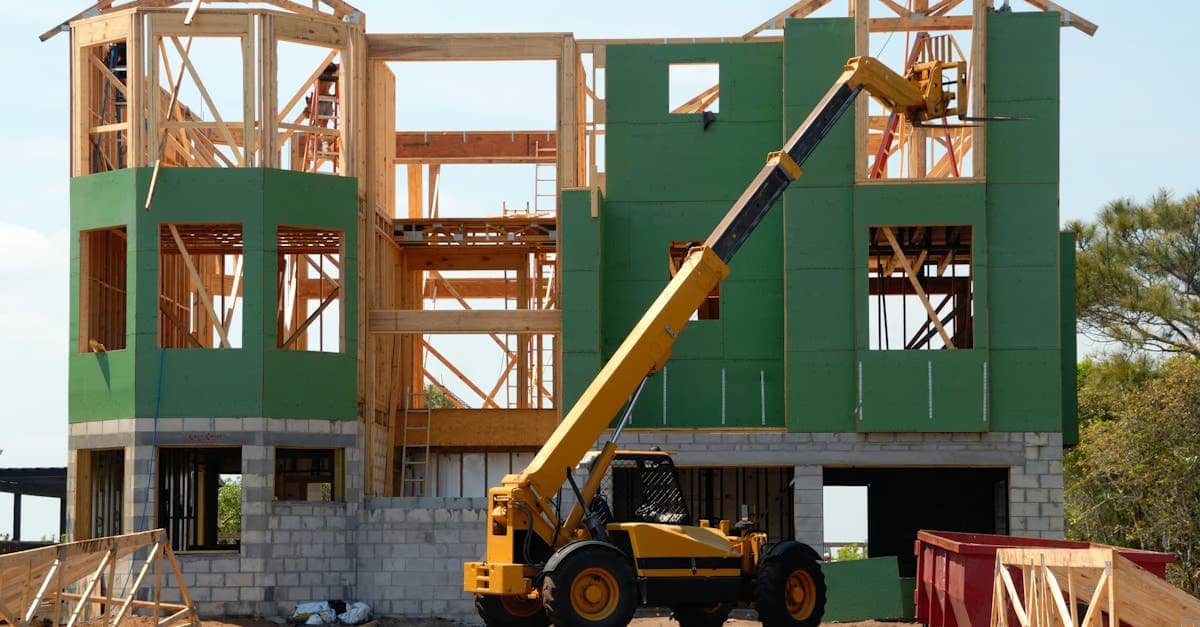Level Up Your Real Estate Back Office with AI Transaction Coordinators
AI transaction coordinators are transforming how real estate brokerages operate, offering a powerful solution to persistent compliance burdens and operational bottlenecks. As a former Realtor, I saw firsthand how the mountain of paperwork, compliance checks, and administrative minutiae could overwhelm even the most organized teams. Broker owners face the constant challenge of ensuring every file is perfect, every deadline is met, and every agent adheres to complex state and federal regulations. This administrative load doesn’t just consume valuable time; it introduces risk and slows growth. Integrating AI-powered tools isn’t just an opportunity; it’s becoming essential for maintaining efficiency, managing risk, and freeing up agents to focus on what they do best: selling real estate.
Understanding the Power of AI Transaction Coordinators
The role of a transaction coordinator (TC) is critical, acting as the backbone of a successful real estate deal. They manage deadlines, liaise with parties, ensure documentation is complete, and ultimately guide a transaction from contract to close. However, the manual nature of traditional TC work is labor-intensive and prone to human error, especially as deal volume increases or regulations change. This is where AI transaction coordinators step in, offering automation, enhanced accuracy, and scalability that manual processes simply cannot match.
How AI Streamlines Your Transaction Management
AI technology can automate repetitive tasks, predict potential issues, and ensure compliance checks are performed meticulously on every single transaction. Think about contract review: AI can quickly scan documents for missing signatures, incomplete fields, or inconsistent data points that a human might overlook. It can also set automated reminders for critical dates, track contingency removals, and even draft routine communications based on pre-approved templates. This not only speeds up the process but significantly reduces the likelihood of costly compliance errors. For real estate brokers, this translates into less time spent on tedious oversight and more confidence that their brokerage is running efficiently and compliantly.
Automating Compliance Checks with AI
One of the biggest headaches for brokers is ensuring every transaction file meets stringent compliance requirements. This involves verifying licenses, checking disclosures, ensuring proper document versions are used, and maintaining a complete audit trail. AI-powered AI transaction coordinators can integrate directly with your existing systems to perform these checks automatically at various stages of the transaction. They can flag non-compliance issues in real-time, send alerts, and even prevent tasks from progressing until necessary documentation is provided or corrected. This proactive approach to real estate broker compliance minimizes risk and ensures your brokerage stays audit-ready.
Enhancing Agent Efficiency with Smart Back Office Tools
By offloading administrative burdens, AI transaction coordinators directly contribute to agent productivity. Agents spend less time chasing paperwork or following up on administrative tasks and more time generating leads, showing properties, and negotiating deals. Furthermore, providing agents with access to smart tools like automated pipelines and CRM integration keeps them informed and organized without requiring manual updates. This shift empowers agents to focus on revenue-generating activities, ultimately leading to higher agent satisfaction and increased brokerage profitability.
Integrating AI and Virtual Assistants for Seamless Workflow
Pairing AI automation with human expertise, such as virtual assistants for real estate, creates a powerful synergy. AI handles the data processing, rule-based tasks, and automated checks, while virtual assistants provide the human touch for communication, complex problem-solving, and personalized client interactions. This hybrid model allows brokerages to scale operations without proportionally increasing overhead. ReBillion.ai offers solutions that combine AI-powered transaction coordination with skilled virtual assistants, providing a comprehensive back-office support system tailored to the unique needs of real estate.
Actionable Tips for Implementing AI in Your Brokerage
Ready to leverage the power of transaction coordinator tools? Here are 3 immediate steps brokers can take:
- Identify repetitive tasks: List out administrative tasks that consume the most TC or agent time and are rule-based (e.g., document naming, initial file setup, sending standard emails). These are prime candidates for AI automation.
- Pilot a specific function: Don’t try to automate everything at once. Start with one critical function, like compliance document checking or deadline tracking, using an AI transaction coordinator platform.
- Train your team: Ensure your TCs, admins, and agents understand how the new AI tools work and how they will streamline their jobs. Adoption is key to realizing the benefits.
Why Implementing AI Transaction Coordination Matters
For real estate brokerages, the operational and financial benefits of adopting AI transaction coordination are significant. Operationally, it means faster deal cycles, fewer errors, improved compliance adherence, and a more scalable infrastructure. Financially, it translates into reduced labor costs, lower risk exposure (potentially reducing E&O insurance claims), increased agent retention due to better support, and ultimately, higher per-transaction profitability. In today’s competitive market, efficiency and compliance are not just advantages; they are necessities for sustainable growth.
By automating the administrative heavy lifting, brokers can redirect resources towards strategic initiatives, agent development, and market expansion. A smart back office powered by AI allows you to handle more transactions with the same or fewer resources, positioning your brokerage for scalable success.
Key Points
Implementing AI transaction coordinators enhances real estate brokerage efficiency, automates compliance checks, reduces administrative burden, frees up agents, and leverages virtual assistants for real estate to improve scalability and profitability through real estate automation and smart tools.
FAQs
Q: How do AI transaction coordinators differ from traditional TCs?
A: AI TCs automate rule-based tasks like document checks and reminders, complementing human TCs who handle complex issues and communication.
Q: Is AI transaction coordination suitable for small brokerages?
A: Yes, AI tools are scalable and can provide significant efficiency gains for brokerages of any size by reducing manual work.
Q: How does AI help with real estate broker compliance?
A: AI can automatically scan documents for compliance requirements, flag missing items, and ensure consistent procedures are followed for every transaction.
Q: Can AI tools integrate with our existing CRM?
A: Many AI transaction coordination platforms are designed to integrate with popular real estate CRMs and other brokerage software.
Q: How quickly can a brokerage see results from using AI TCs?
A: Brokerages can often see improvements in efficiency and compliance within weeks of implementing AI automation for key processes.
Resources
- Learn more about AI Transaction Coordinators
- Explore Virtual Assistants for Real Estate Brokerages
- Read more on the ReBillion.ai Blog
- Contact Us to discuss your needs: ReBillion.ai Contact
Conclusion
The administrative complexities of real estate transactions are a major challenge for brokerages. However, embracing technology, specifically AI transaction coordinators and intelligent automation, offers a clear path forward. By automating routine tasks, enhancing compliance checks, and empowering your team, you can build a more efficient, resilient, and profitable operation. Implementing these smart tools isn’t just about keeping up; it’s about positioning your brokerage to lead in a competitive market.
ReBillion.ai helps real estate brokers streamline operations with AI-powered transaction coordination, virtual assistants, and intelligent back-office automation. Whether you’re scaling your team or closing more deals, ReBillion.ai is built to simplify your brokerage’s compliance, efficiency, and growth. Visit ReBillion.ai to explore solutions or schedule a consultation.


